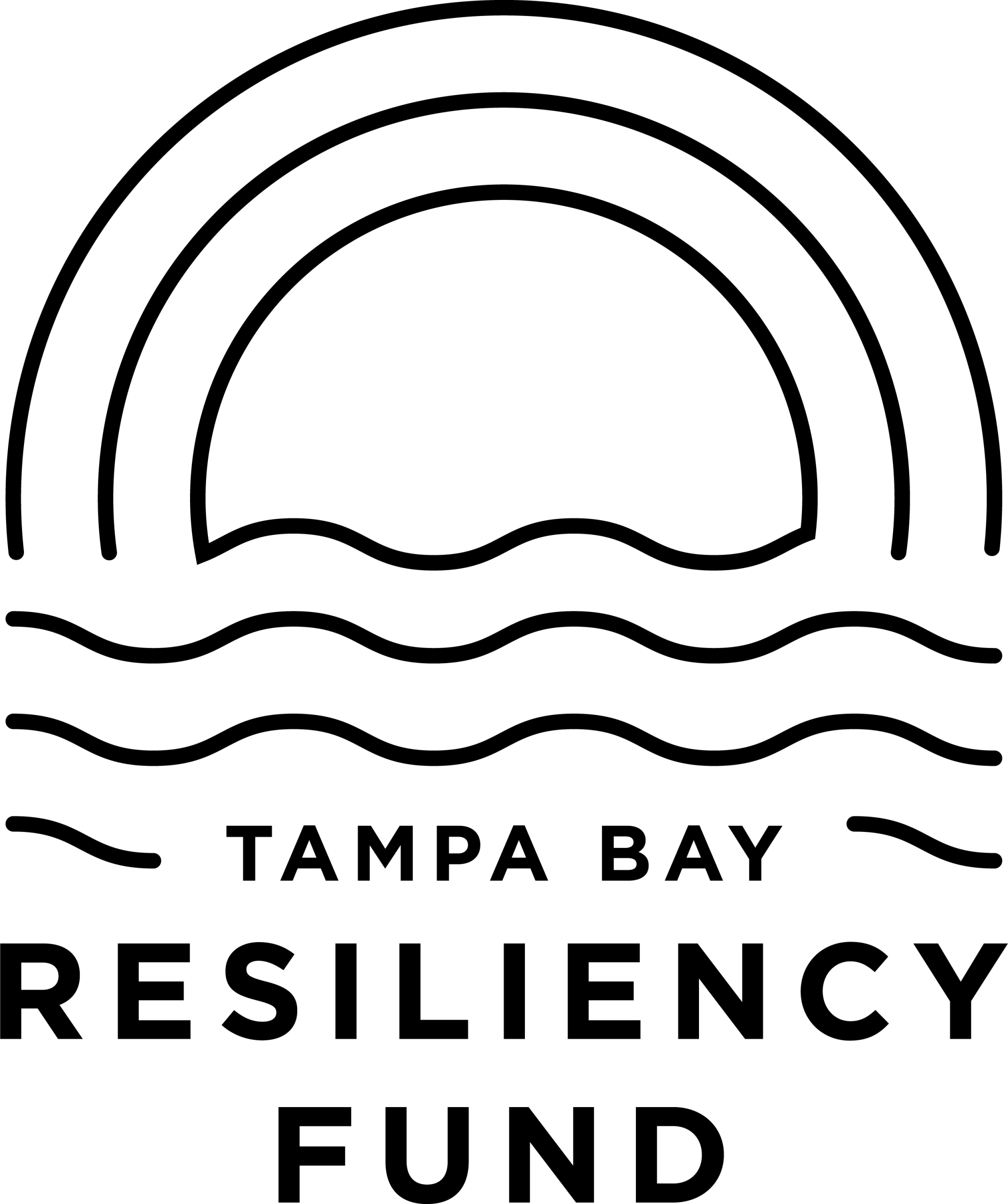Over the past half-decade, Pinellas County has experienced a stunning renaissance äóñ as a place to live, as a place to have fun and as a place to do business. For just a taste, take a stroll through downtown St. Pete, where former empty storefronts or uninspiring gift shops have morphed, as if by magic, into a multicolor parade of boisterous breweries, unique coffee shops, tantalizing gourmet restaurants, and adventurous galleries.
Alongside that rebirth, tourism to the area has exploded äóñ and not just because of the slow end of the Great Recession. According to the Pinellas tourism board, the St. Petersburg/Clearwater area saw 5.2 million total visitors in 2006. In 2009, during the depths of the recession, that had wavered only slightly, down to 4.9 million. But by 2015, the recovery had come with a bullet äóñ 6.2 million travelers came to town, a 20% bump from pre-recession numbers. Those visitors brought over $7 billion dollars of economic activity.
How did Pinellas turn a mere recovery into a frenetic flowering? The beaches remain beautiful. The sun continues to shine. What changed was culture.
An area that once catered, in the words of one longtime local, äóìexclusively to retirees,äó began to attract the young and ambitious, who saw opportunity and made the most of it. I think here of Jesse Vance, whose shoestring Venture Compound became the edgy soul of St. Peteäó»s Warehouse Arts District äóñ an area thatäó»s now the target of a major redevelopment plan. I think of Green Bench Brewing and The Bends, youthfully energetic places that give platforms to artists and musicians who, ten years ago, might have headed to Jacksonville or even Atlanta, just to have a place to see and be seen.
Comedian Kyle Kinane äóñ a touring machine who knows whereof he speaks äóñ hit the nail on the head last year when he described St. Petersburg as äóìAmericaäó»s new hipster metropolis.äó äóìHipstersäó sometimes get a bad rap for pretentiousness äóñ but thatäó»s a constant risk of ambition and creativity.

Another interesting outside perspective comes from the writer Michael Patrick Welch, who moved from Tampa to New Orleans in the 1990s, but recently came back to St. Pete for a two-week writing fellowship. He describes St. Pete in the äóÖ90s as äóìa pretty sleepy place,äó but said that his residency, spent on Central Avenue above the Craftsman Gallery, made him think about moving back permanently. äóìAt night there were so many things to explore . . . so many bars and galleries, and yet it doesnäó»t feel overhyped.äó
Cultural ferment in St. Pete, Gulfport and Clearwater give both locals and visitors a reason to come äóñ and a reason to stay. The population of Pinellas County has grown by 3.6% since 2010, vastly outpacing average U.S. population growth of under 1%. Itäó»s also well below population growth in Hillsborough äóñ but exactly who is moving in also matters. Here at Creative Pinellas, weäó»ve heard plenty of stories of painters and musicians drawn from across Florida and the Southeast by the areaäó»s cultural offerings.
Pinellas is transforming into a magnet for Floridaäó»s most adventurous souls äóñ not just in the arts, but in a variety of fields. And thanks to that drawing power, itäó»s poised to experience the same kind of fundamental economic sea-change that turned Austin from a weird, sleepy college town into Americaäó»s fastest-growing 21st century city.
To understand how, look at David Etheredge, visionary founder of the tech startup SavvyCard, who moved his nascent company to St. Pete in 2013 because he saw the creative energy brewing there. SavvyCard (where, full disclosure, I worked for a time) now stands alongside other ambitious startups, from LED-lighting manufacturer Lumastream to campus engagement app Check Iäó»m Here. Those companies employ dozens of designers, writers, and programmers äóñ the so-called äóìcreativesäó of the new economy äóñ and give the entire region a stake in the digital future.
And yes, it all connects with those bars and galleries. From CEOs to coders, innovative thinkers donäó»t just benefit from the energy of a vibrant cultural scene äóñ they require it. As most famously described by urban theorist Richard Florida in his Rise of the Creative Class, a cityäó»s ability to attract and retain well-trained talent in the 21st century hinges to a great degree on cultural amenities, from clubs to breweries to bookstores.
At the risk of self-aggrandizement, I think itäó»s worth closing with my own story. Iäó»m not from Florida äóñ I moved to Tampa Bay for a teaching job in 2011. Even though the job was in northern Tampa, I decided to live in St. Pete because people told me interesting things were happening there. When the teaching job ended, I stayed, and contributed not just at SavvyCard, but at the marketing company Big Sea, at Creative Loafing, and, more recently, at the nonprofit Keep St. Pete Lit. While the sand and sun enthralled me, it was the rich nexus of culture that kept me excited, and made it a place worth really committing to.


